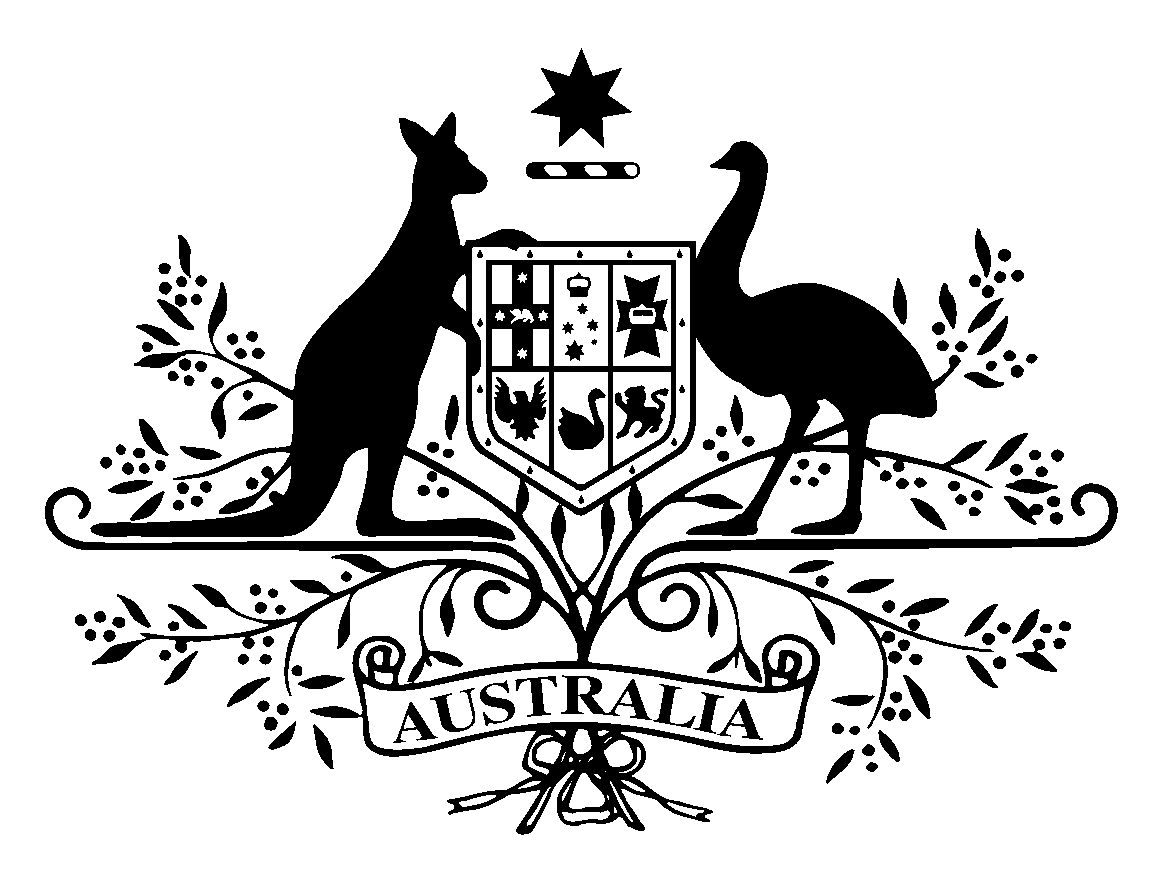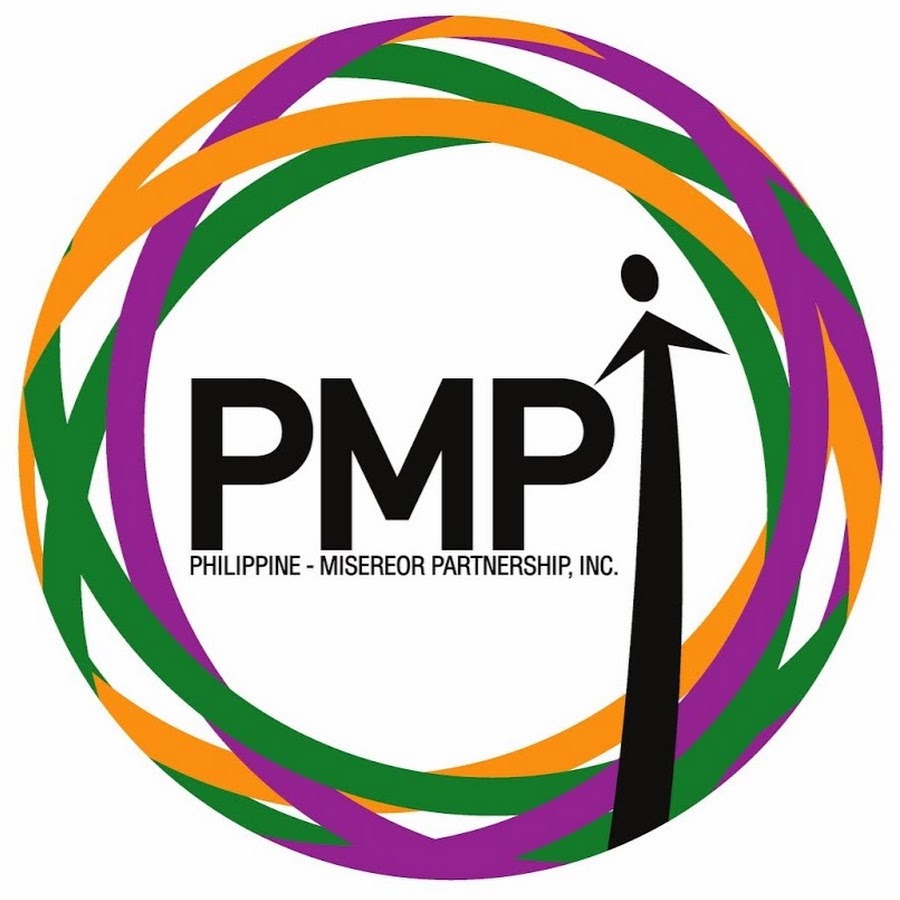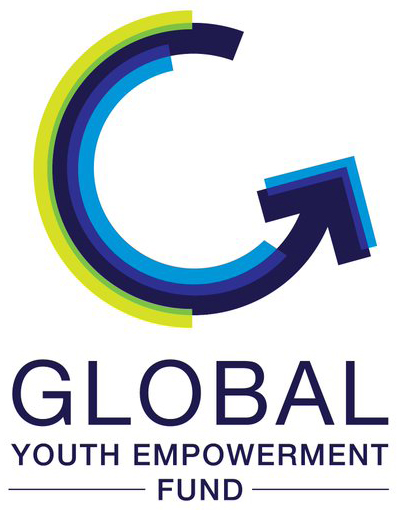TAO-Pilipinas, Inc.
"It is time for us to go to the people rather than ask the people, especially the poor, to come to us."
Over the years, TAO-Pilipinas has rendered its services through funding from various partners―from local NGOs, INGOs, faith-based organizations, to academic and financial institutions, private foundations, and government agencies. Here are our current funding partners (2019-2021):
MISEREOR is the German Catholic Bishops’ Organization for Development Cooperation based in Aachen, Germany. It cooperates with local partners (ie church-bashed institutions, NGOs, social movements and research institutions) to implement projects that support the marginalized and promote development. MISEREOR currently provides funding for the project “Building Sustainable and Disaster-Resilient Communities in Metro Manila and Luzon”, as well as the institutional funding of TAO-Pilipinas.

The Direct Aid Program (DAP) is a small grants program of the Australian Government’s Department of Foreign Affairs and Trade (DFAT). It supports projects working with local communities in developing countries on projects that reduce poverty and achieve sustainable development consistent with Australia’s national interest. DAP currently provides funding for the project “Sustainable Community Development of Masagana Homeowners Association Angat”.

PMPI is a social development and advocacy network comprising over 250 church/faith-based groups, NGOs, and people’s organizations from all over the Philippines. It works in partnership with MISEREOR. PMPI currently provides project funding for “#ProjectPagbangon: MCR Production”.

GYEF is a partnership between the Junior Chamber International (JCI) and United Nations Sustainable Development Goals (UN SDG) Action Campaign that provides grants to youth-initiated projects and social enterprises that promote the SDGs in local communities from all over the world. GYEF provided funding for the recently completed project “Co-Design: Empowering Community Youth Leaders and Students on Social and Technical Processes for Disaster Resilience”.